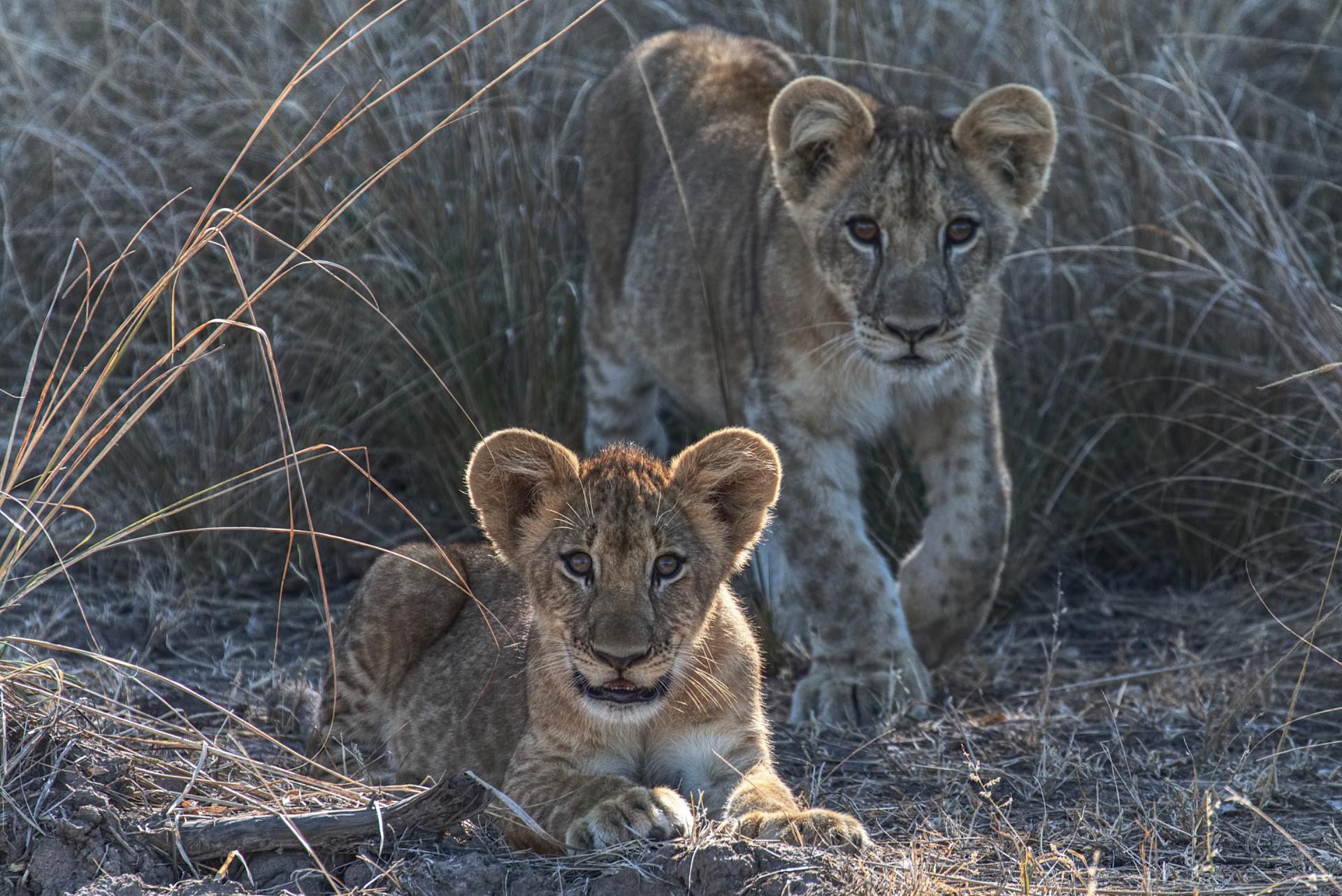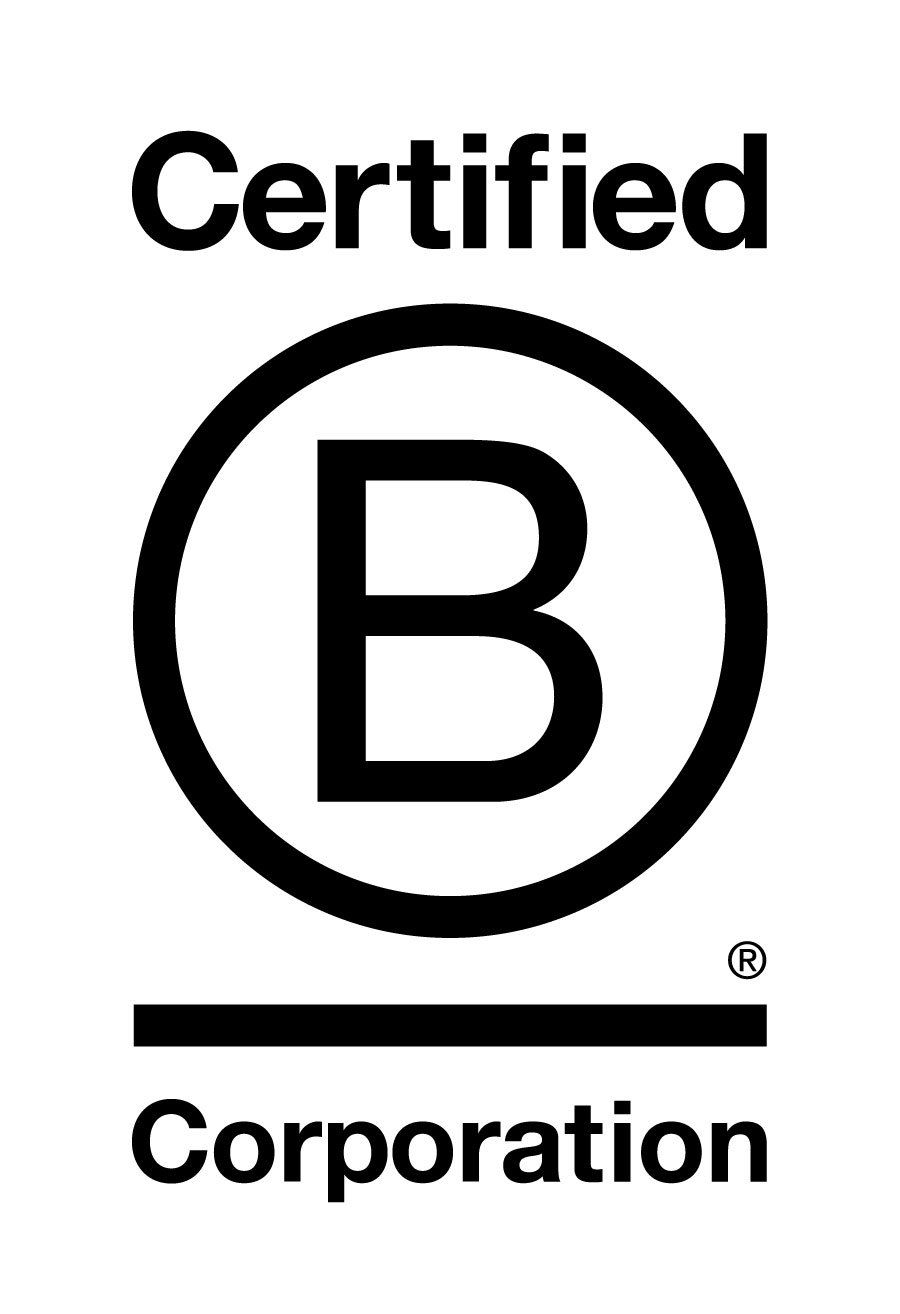What The Lion King Teaches Us About Sustainability
- By Kevin Foley
- •
- 31 Aug, 2019
Read Time (3 Minutes)

On a hot summer’s day (almost 110°F...) a few weeks back, after a fuse blew in our 1940’s-era apartment making use of the AC impossible....my wife and I went to the movies. Specifically, we went to a matinee of the new “photorealistic” computer animated remake of Disney’s The Lion King. The original was released in 1994 when I was six years old and was one of my favorite movies growing up. To this day, whenever I hear a Lion King theme song (and especially, the Circle of Life) I am filled with nostalgia and wonderment.
As an adult watching the new remake nearly 25 years later, I was equally captivated.
As most who have seen the original Lion King can attest, it is chock full of invaluable life lessons. It effectively illustrates examples of leadership, courage, forgiveness, justice, faith and purpose, to name just a few. Like the original film from 1994, the remake did an excellent job of capturing and illustrating all of these lessons. This time around, one lesson that really stuck out to me, which I hadn’t caught in years past, was that of sustainability.
As a 31 year old who has dedicated my entire professional career to sustainability, I am constantly on the lookout for little gems of sustainability wisdom. Whether or not I intend to, I view just about everything through that lens…including Disney remakes of old classics. In this new version of The Lion King, I found one of these gems that I am always looking for. As a quick aside, if you have not seen the Lion King (original or remake), some of what lies ahead could spoil some of the movie for you. If you fall into that category, proceed with caution.
While in the movie theater, I didn’t have a pen and paper with me, and the lights weren’t on...so I was unable to take any notes or write down any quotes related to the gems of sustainability wisdom I witnessed. Since I was still thinking about the movie weeks later, I decided to go back and watch the original movie at home, so that I could take notes, pause and rewind as needed, and see if my observations about this classic movie truly held their own.
As an adult watching the new remake nearly 25 years later, I was equally captivated.
As most who have seen the original Lion King can attest, it is chock full of invaluable life lessons. It effectively illustrates examples of leadership, courage, forgiveness, justice, faith and purpose, to name just a few. Like the original film from 1994, the remake did an excellent job of capturing and illustrating all of these lessons. This time around, one lesson that really stuck out to me, which I hadn’t caught in years past, was that of sustainability.
As a 31 year old who has dedicated my entire professional career to sustainability, I am constantly on the lookout for little gems of sustainability wisdom. Whether or not I intend to, I view just about everything through that lens…including Disney remakes of old classics. In this new version of The Lion King, I found one of these gems that I am always looking for. As a quick aside, if you have not seen the Lion King (original or remake), some of what lies ahead could spoil some of the movie for you. If you fall into that category, proceed with caution.
While in the movie theater, I didn’t have a pen and paper with me, and the lights weren’t on...so I was unable to take any notes or write down any quotes related to the gems of sustainability wisdom I witnessed. Since I was still thinking about the movie weeks later, I decided to go back and watch the original movie at home, so that I could take notes, pause and rewind as needed, and see if my observations about this classic movie truly held their own.
Mufasa's Circle of Life
The first major parallel I drew between sustainability and the Lion King was at around 10 minutes into the film. Mufasa and Simba take a stroll through the Pridelands, which are teeming with life and Mufasa explains the “Circle of Life” to Simba.
“Everything you see exists together in a delicate balance. As king, you need to understand that balance and respect all the creatures from the crawling ant to the leaping antelope.”
Then Simba asks:
“But don’t we eat the antelope?”
Mufasa then goes on to explain:
“Yes, Simba. But let me explain. When we die, our bodies become the grass and the antelope eat the grass, and so we are all connected in the great circle of life.”
“Everything you see exists together in a delicate balance. As king, you need to understand that balance and respect all the creatures from the crawling ant to the leaping antelope.”
Then Simba asks:
“But don’t we eat the antelope?”
Mufasa then goes on to explain:
“Yes, Simba. But let me explain. When we die, our bodies become the grass and the antelope eat the grass, and so we are all connected in the great circle of life.”
Scar-Era Pridelands
This moment is a stark contrast to the scene where, after years away, Simba returns to the Pridelands. Simba, Nala, Timon and Pumbaa gaze out onto the desolate plains, and are planning their return to Pride Rock, but something is very different. The lush savannah that had once been teeming with life is now completely barren and hunted to near-extinction with Scar at the helm. Scar’s gluttonous hunting practices and lack of respect for his environment ultimately destroyed nearly all the life in his kingdom. The delicate balance was lost.
It made me reflect on the environmental challenges humanity is currently facing. Could exercising a “me first” mentality and focusing on short-sighted priorities ultimately lead to the degradation of the environment as we know it? The answer to that is, sadly, “yes.”
This thought-provoking scene also reminded me of Limits to Growth, a book I discussed in a previous article, which used computer modeling to explore the interaction between exponential growth and finite resources. The simulation factored in variables such as population increase, food production, industrial output, pollution generation, and non-renewable resource depletion. Some of the scenarios Limits to Growth modeled showed devastating results, while others showed humanity thriving on this planet.
As humans, we cannot take time for granted. We may not have an endless amount of time to repair and reverse the results of over-consumption and overuse of finite resources. If we do not tread carefully, is it possible that our planet could look like the Scar-Era Pridelands? I’d like to think not, but it may take a concerted effort to avoid that possibility.
It made me reflect on the environmental challenges humanity is currently facing. Could exercising a “me first” mentality and focusing on short-sighted priorities ultimately lead to the degradation of the environment as we know it? The answer to that is, sadly, “yes.”
This thought-provoking scene also reminded me of Limits to Growth, a book I discussed in a previous article, which used computer modeling to explore the interaction between exponential growth and finite resources. The simulation factored in variables such as population increase, food production, industrial output, pollution generation, and non-renewable resource depletion. Some of the scenarios Limits to Growth modeled showed devastating results, while others showed humanity thriving on this planet.
As humans, we cannot take time for granted. We may not have an endless amount of time to repair and reverse the results of over-consumption and overuse of finite resources. If we do not tread carefully, is it possible that our planet could look like the Scar-Era Pridelands? I’d like to think not, but it may take a concerted effort to avoid that possibility.
Mufasa's Leadership Philosophy
As I sat reflecting on the movie and the hidden (or not-so-hidden) messages related to using resources responsibly and the interconnectedness of everything on our planet, I knew I had to write about it. Watching Mufasa explain the delicate balance to Simba, and being reminded of how every creature is connected to one another, I felt inspired. After all, this is the essence of sustainability.
One of the most widely accepted definitions of sustainability and one I discussed in a previous blog is:
“development that meets the needs of the present without compromising the ability of future generations to meet their own needs.”
Mufasa understood this principle well and had a remarkable ability to explain this idea in a way that even a lion cub could grasp.
In the movie, Mufasa demonstrated sustainability done right. He hunted the land in a way that provided for his family, but respected the delicate balance of the planet and its inhabitants … Scar on the other hand took the opposite approach. He was plagued by two of human nature’s most toxic characteristics: greed and pride.
Mufasa is a superb example of selfless leadership, while Scar exemplifies ego-driven greed.
One of the most widely accepted definitions of sustainability and one I discussed in a previous blog is:
“development that meets the needs of the present without compromising the ability of future generations to meet their own needs.”
Mufasa understood this principle well and had a remarkable ability to explain this idea in a way that even a lion cub could grasp.
In the movie, Mufasa demonstrated sustainability done right. He hunted the land in a way that provided for his family, but respected the delicate balance of the planet and its inhabitants … Scar on the other hand took the opposite approach. He was plagued by two of human nature’s most toxic characteristics: greed and pride.
Mufasa is a superb example of selfless leadership, while Scar exemplifies ego-driven greed.
Conclusion
Leadership in today’s business world is largely about determining how to succeed and thrive without compromising the ability of you or others to thrive in the future. If Mufasa was a 21st century business leader, you can be sure his “Circle of Life” leadership philosophy would encompass sustainability.
So rather than just focusing on the bottom line, remember to focus on the Triple Bottom Line (People, Planet, Profit). Utilize sustainability as a way to find greater purpose, inspire stake-holders (employees, customers, communities, suppliers, investors) and gain a competitive advantage, all while contributing to the global sustainability movement.
By taking a page out of Mufasa’s playbook, your business is sure to thrive far into the future while helping to maintain the delicate balance that exists between all things.
So rather than just focusing on the bottom line, remember to focus on the Triple Bottom Line (People, Planet, Profit). Utilize sustainability as a way to find greater purpose, inspire stake-holders (employees, customers, communities, suppliers, investors) and gain a competitive advantage, all while contributing to the global sustainability movement.
By taking a page out of Mufasa’s playbook, your business is sure to thrive far into the future while helping to maintain the delicate balance that exists between all things.
RECENT POSTS→

This month’s blog article takes a look at the supply chain and the role sustainability plays within that system. The conversation is guided by 8 specific questions and is presented in a simple Q & A format. The questions were provided by my colleague, Brody, at Performance Operations.

Earlier this month I completed an 80-hour wilderness medicine training course. It was filled with dozens of lectures, quarts of fake blood and no shortage of hands-on practice - both as a rescuer and a victim. There were approximately 22 students and two seasoned instructors. My classmates came from many different backgrounds, and included backcountry trip leaders and guides, search and rescue volunteers, nursing students, park rangers, and even one sustainability manager & consultant (guess who that was?). The 80 hour course was split evenly between in-class lecture and hands-on practice.

In the previous blog articles, we discussed what sustainability is
, why it is important for your business
, and how to get started. What we have not yet covered is who should be responsible for spearheading the sustainability program at your organization. The purpose of this article is to provide clarity on who that person is, why they are important and what skills they should possess.

This is the 3rd article in our three-part “Intro to Sustainability Series” and will explain how to get started on your sustainability journey.
If you have not read Part 1 and Part 2 of this series, we suggest you go back and read them. They will give you a solid understanding of what sustainability is and why it is important for organizations like yours.
If you have not read Part 1 and Part 2 of this series, we suggest you go back and read them. They will give you a solid understanding of what sustainability is and why it is important for organizations like yours.


